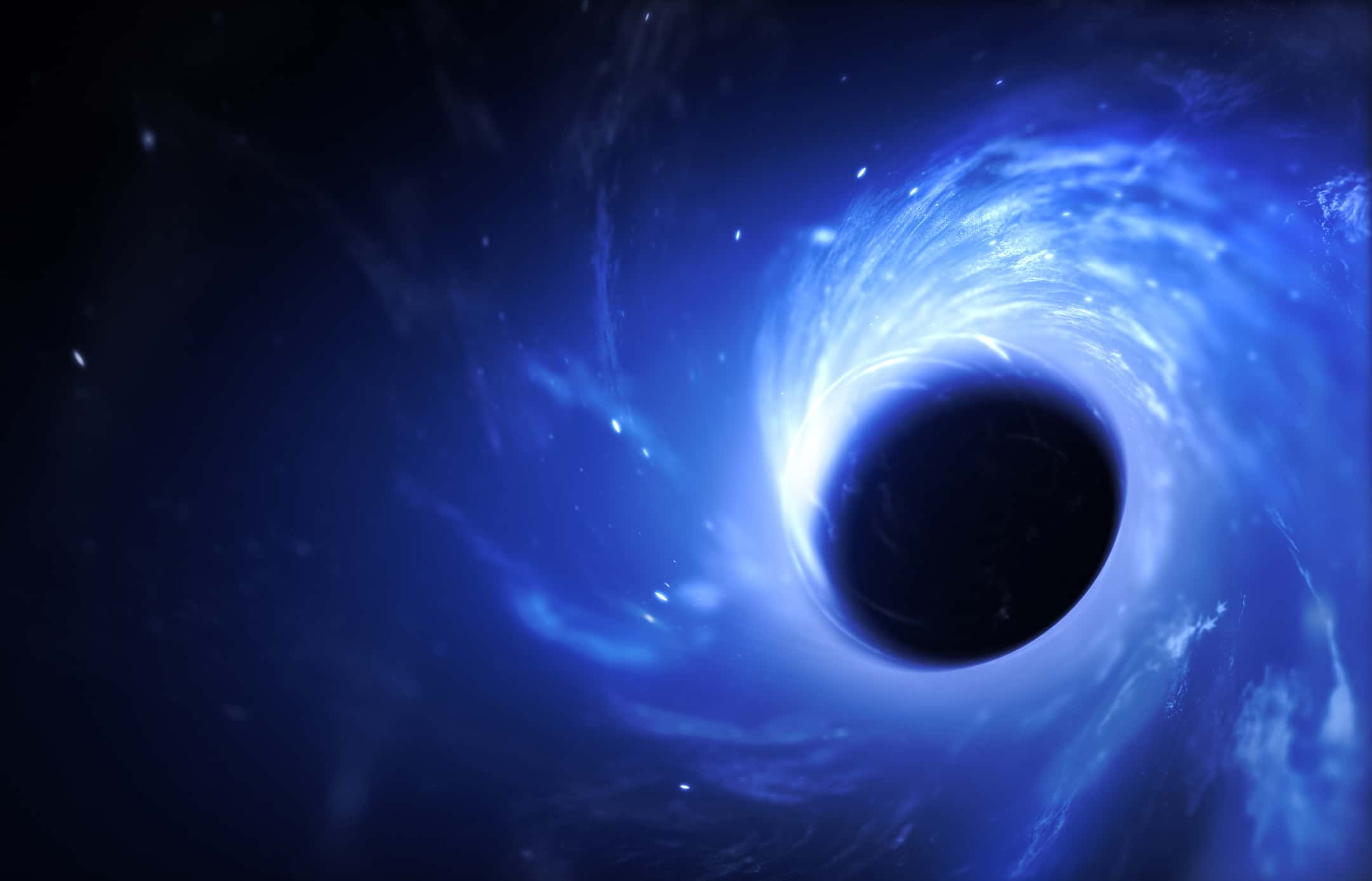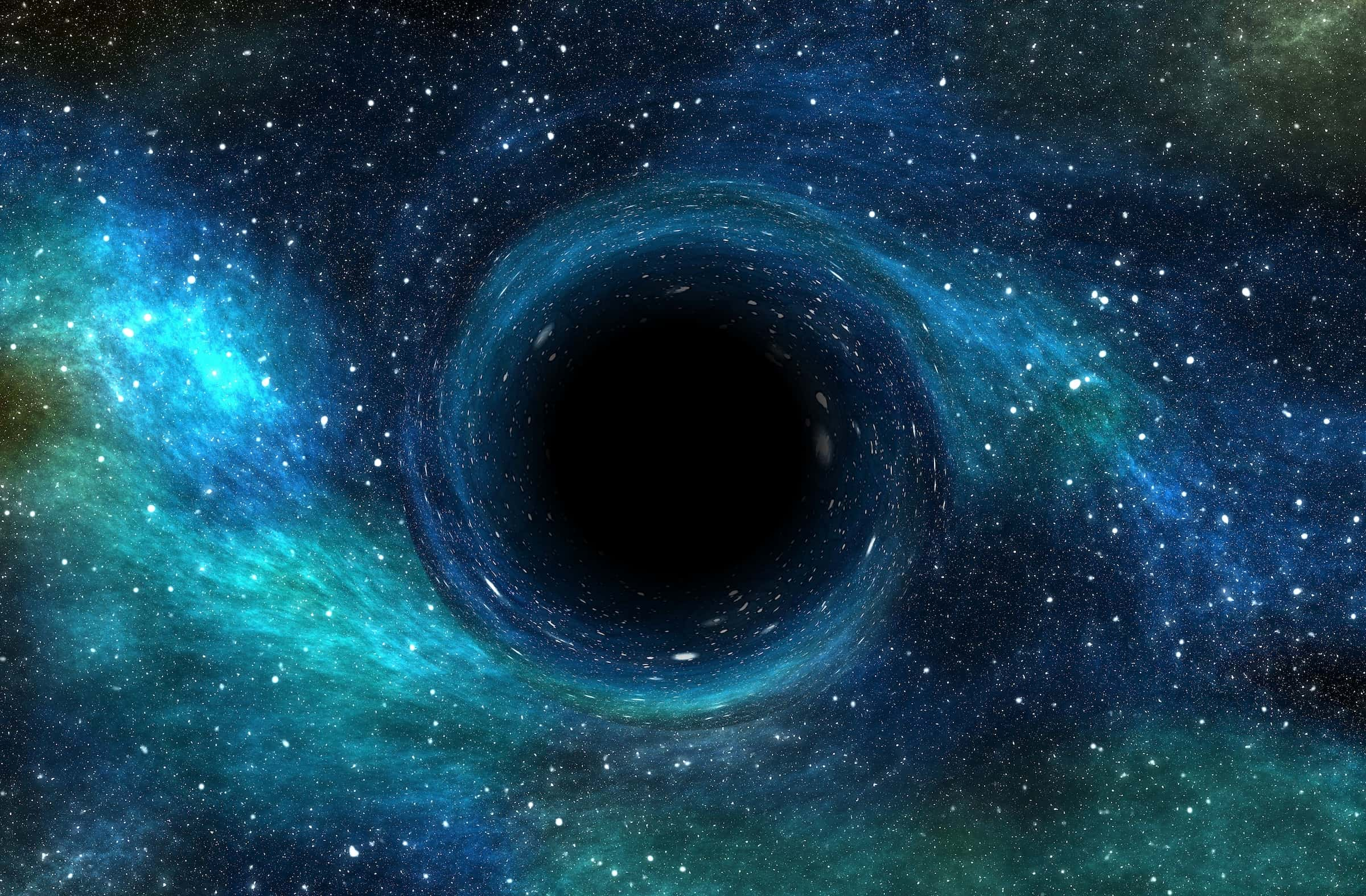This pursuit echoes back to the 17th century when Otto von Guericke showcased the possibility of a vacuum by using a pump to create emptiness between hemispheres.

In an exploration of the cosmic vacuum of space, envision journeying to the farthest reaches of the universe, seeking the perfect void
This challenged the prevailing belief that “nature abhors a vacuum,” opening up philosophical debates about the existence of ether in space. Despite advancements, the vacuum of space isn’t truly empty. Interstellar space, while vastly less dense than the human-made vacuum of space chambers, teems with charged particles, hydrogen atoms, and celestial debris. To access the ultimate emptiness, one must venture into cosmic voids, where galaxies are hundreds of millions of light-years apart, and even dark matter is absent.
Yet, the cosmos is not entirely devoid. Neutrinos and the cosmic microwave background persist everywhere, constituting over 99.99% of universal radiation. Delving deeper, quantum fields underpinning space and time contribute an intrinsic energy known as the vacuum of space energy, challenging the notion of complete isolation.
Contemplating the nullification of a vacuum of space energy, physicists grapple with whether true nothingness is attainable
The nature of space itself comes into question, with historical perspectives ranging from Descartes’ mathematical abstraction to Newtonian and Einsteinian conceptualizations. The existence of gravitational waves, undulating through space-time independently, further complicates the quest for true emptiness, leaving the question of whether absolute nothingness can exist in the vacuum of space unanswered.




